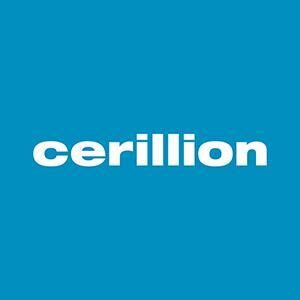Cerillion Product Director, Brian Coombs, provides a comprehensive recap of the highlights from this year’s DTW24 – Ignite event. AI was a dominant theme throughout the conference, but the telecoms industry is still exploring its most impactful applications. The event took place in Copenhagen, following a shift to a summer slot, which meant only nine months had passed since the previous one.
Brian notes that AI’s presence was far more prominent at this event compared to previous ones. It was impossible to miss the numerous mentions of AI, with 50% of all Catalysts featuring AI in their descriptions, and three of the six conference tracks dedicated to the technology. A large portion of the agenda topics also focused on AI, indicating its growing significance within the industry.
Despite the widespread hype, some instances of AI integration seemed superficial, merely added to attract interest. Google’s promotion of their cocktails with a tagline including AI exemplified this trend. However, there were also substantive discussions and demonstrations. For example, chatbots and call summarisation engines were prevalent, with some beginning to incorporate voice integration.
One of the most notable sessions was about the Global AI Telco Alliance, a collaboration between five telcos—Deutsche Telekom, e&, Singtel, SoftBank, and SK Telecom—aimed at developing a telco-specific LLM. This session showcased real, functional AI applications. SK Telecom, in particular, impressed with a live demo of their agent assister tool, which supports call centre agents by providing advanced suggestions based on comprehensive company and customer data.
This tool offers two possible actions to the customer service representative (CSR), ensuring relevance and linking back to the original information source for quick reference. This approach exemplifies the role of AI as an assistant to improve agent efficiency rather than replace them.
Deutsche Telekom discussed their vision for an app-less phone driven by LLMs, reminiscent of the Rabbit R1 but with more practical implementation. Beyond AI, other recurring themes included the need for simplification in projects, emphasised by BT’s Chief Digital and Innovation Officer, Harmeen Mehta. She highlighted BT’s efforts to reduce their IT systems by 90%, including consolidating 35 billing systems to streamline their operations.
TM Forum introduced the ODA Certification process, aiming to reduce integration complexity through a structured enterprise architecture blueprint. Companies showcased real examples of using the ODA to define project scope and boundaries, demonstrating its practical benefits.
Platforms, a buzzword from past years, are now becoming a reality for many operators. The adoption of Open APIs and digital transformation has enabled this shift. New EE is striving for an Amazon-like experience by allowing third-party sales on its app, while Norlys is restructuring into horizontal entities to enhance service and infrastructure-level business interactions.
Louis Hall from Cerillion participated in a panel discussing the value that platform models can bring to a CSP’s business. The panel highlighted how platforms are becoming integral to the industry.
The event was another success, and anticipation is already building for next year’s DTW. The industry looks forward to discovering what the major theme will be in 2025.
Cerillion plc (LON:CER) is a leading provider of billing, charging and customer management systems with more than 20 years’ experience delivering its solutions across a broad range of industries including the telecommunications, finance, utilities and transportation sectors.


